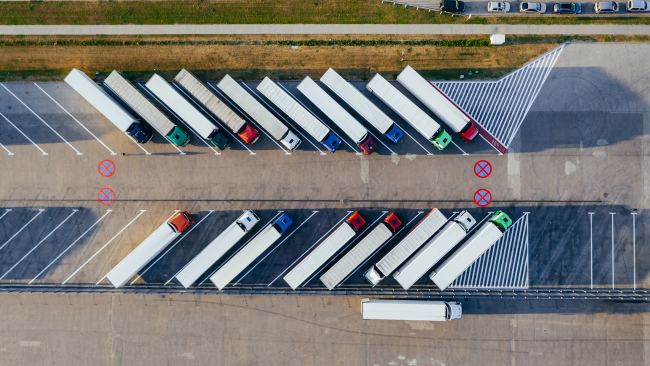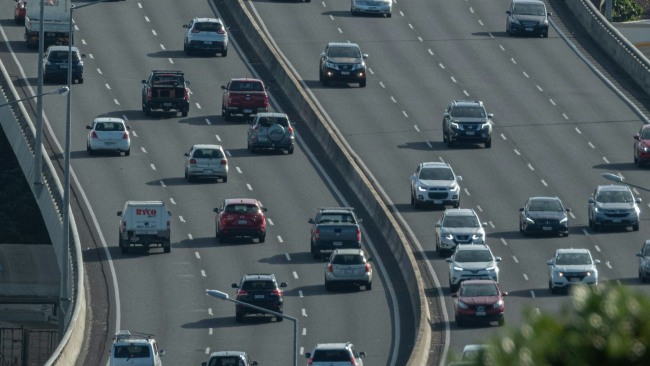
Fleet
New Car Tax Rates 2025 Update: What Fleet Managers Need to Know
Significant changes to new car tax rates are on the horizon in 2025, particularly affecting fleet managers and businesses operating vehicle fleets in the UK. This comprehensive guide will break down the new car tax rules, explain how they’ll impact your fleet operations, and offer strategies to navigate these changes effectively.
Understanding the 2025 New Car Tax Rules
The UK government has announced several key changes to vehicle taxation that are coming into effect from April 2025. These new car tax rates aim to further incentivise the adoption of low-emission vehicles while increasing the tax burden on higher-polluting models. This includes adjusting the road tax for diesel cars.
Here are the most significant changes:
- Electric vehicles (EVs) will no longer be exempt from Vehicle Excise Duty (VED) tax. New zero-emission cars that are registered from 1 April 2025 will incur a first-year rate of £10, rising to the standard rate, which will be £195.
- Rates for cars emitting 1-50 g/km of CO2, including many plug-in hybrid vehicles (PHEVs), will increase to £110 for the 2025-2026 tax year.
- Vehicles emitting 51-75 g/km of CO2 will see their rates rise to £130 for 2025-2026.
- All other VED rates for cars emitting 76g/km of CO2 and above will double from their current levels.
See the UK government’s Vehicle Tax for electric, zero and low emission vehicles and Vehicle Tax rates for all other vehicles.
How is Road Tax Calculated?
Road tax for diesel cars and other vehicles is calculated based on a combination of CO2 emissions and the vehicle’s list price. Let’s break it down with some examples:
Taxing Brand-New Cars
For cars registered from April 1, 2017, including those registered in 2025:
- The first-year rate is based on CO2 emissions, ranging from £0 for zero-emission vehicles to over £2,000 for the highest polluters.
- From the second year onwards, a standard rate applies (£190 for petrol or diesel cars, £180 for alternative fuel cars and £0 for electric cars).
- Cars with a list price over £40,000 pay an additional £410 per year for five years.
To put this into perspective, a new diesel car emitting 110 g/km of CO2 registered in 2025 would likely pay around £195 in the first year, then the standard rate in subsequent years.
Taxing Nearly New Cars
For cars registered between April 1, 2017, and March 31, 2025:
- They continue to pay the standard rate based on their original CO2 emissions.
- If relevant, the £40,000 premium rate still applies.
A PHEV registered in 2023 emitting 45 g/km of CO2 would pay £0 in its first year, then £180 annually from the second year onwards (assuming no price premium).
Taxing Older Vehicles
Cars that were registered before April 1, 2017, follow the older tax band system based solely on CO2 emissions. For instance, a petrol car registered in 2015 emitting 150 g/km would fall into Band F, paying £210 annually in 2025-2026.
Impact of the new car tax rules on Fleet Management Costs
These new car tax rules will have a significant impact on fleet operating costs. Here’s what fleet managers should take into consideration:
- The end of tax exemption for EVs will increase the total cost of ownership (TCO) for electric fleets.
- Higher rates for low-emission vehicles may affect the financial attractiveness of PHEVs.
- Fleets with higher-emission vehicles will see substantial increases in their annual tax bills.
For example, a fleet of 50 diesel vans emitting 150 g/km of CO2 could see its annual Vehicle Excise Duty (VED) bill increase by over £10,000 under the new rates.
Strategies for Fleet Managers to navigate the new car tax rules
To mitigate the impact of these new car tax rates, fleet managers should consider the following strategies:
- Accelerate the transition to electric vehicles before April 2025 to take advantage of current tax benefits.
- Re-evaluate the role of PHEVs in your fleet mix, considering their higher tax rates from April 2025.
- Invest in telematics and fleet management software to optimise route planning and reduce overall mileage, thereby minimising road tax expenses.
- Consider downsizing to smaller, more efficient vehicles where operationally feasible.
- Explore alternative mobility solutions, such as car-sharing or mobility-as-a-service options, to reduce the overall fleet size.
How WEX Can Help Navigate the New Car Tax Rates
At WEX, we understand the challenges these new car tax rules present to fleet managers. Our suite of fleet management solutions is designed to help you adapt and thrive in this changing landscape:
- WEX’s Fleet Cards help you track and manage fuel expenses across your fleet, crucial for optimising costs in the face of higher tax rates.
- Our fleet management solutions provide real-time insights into vehicle usage and driver behaviour, allowing you to identify opportunities for efficiency improvements and tax savings.
By leveraging these tools, fleet managers can gain better visibility into their operations, make data-driven decisions, and ultimately minimise the impact of the 2025 car tax changes on their bottom line.
Conclusion
The 2025 car tax rate changes represent a notable shift in the UK’s approach to vehicle taxation, with far-reaching implications for fleet operators. By understanding these new rules, anticipating their impact, and implementing smart management strategies, fleet managers can navigate this transition successfully.
WEX is committed to supporting our clients through these changes. Our comprehensive fleet management solutions are designed to help you optimise your operations, control your costs, and stay compliant with evolving regulations. With the incoming changes this year, now is the time to review your fleet strategy and ensure you’re well-prepared for the road ahead.
For more information on how WEX can help your fleet adapt to the new car tax landscape, contact us today. Our team of experts is ready to assist you in developing a tailored strategy that meets your unique fleet management needs.





